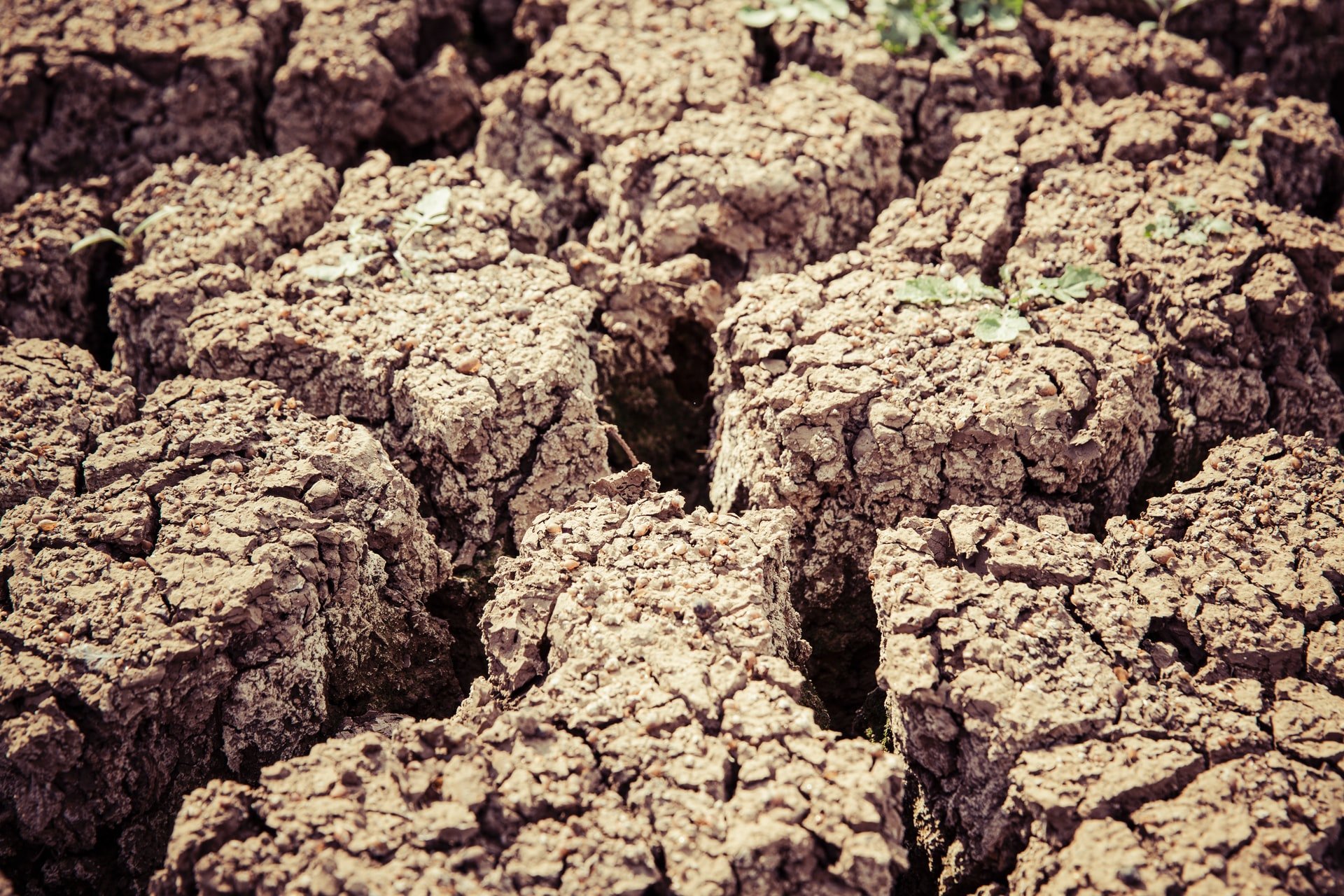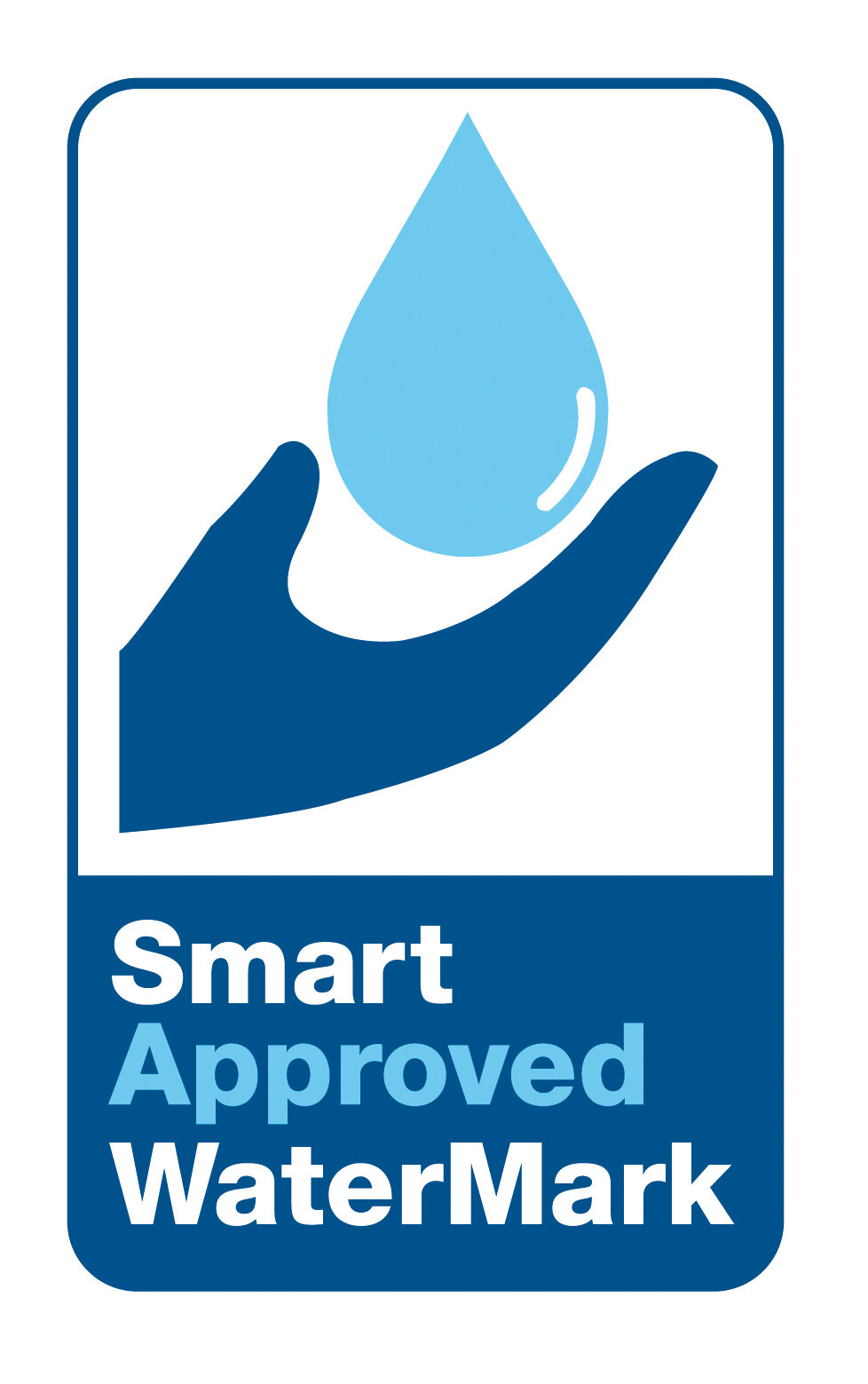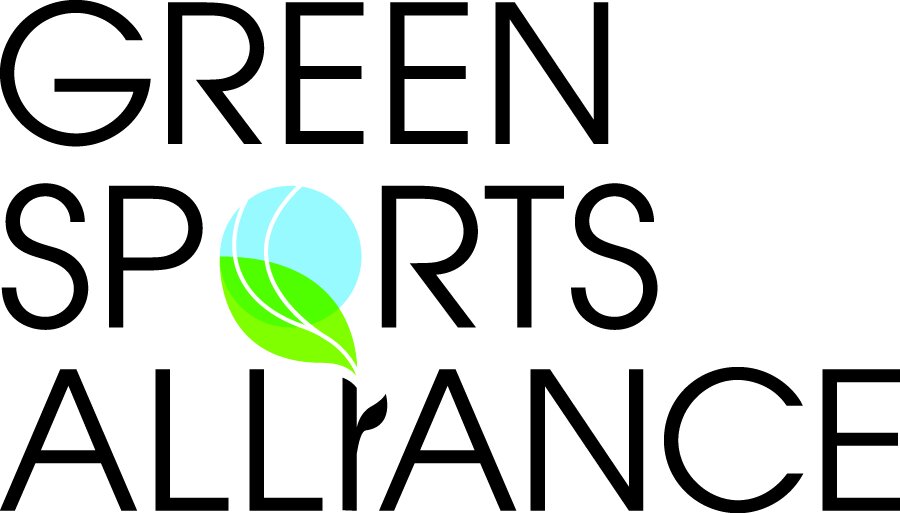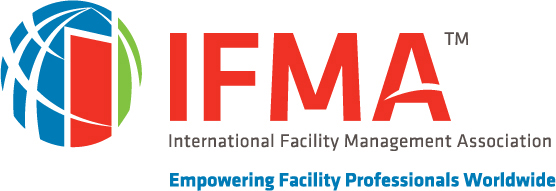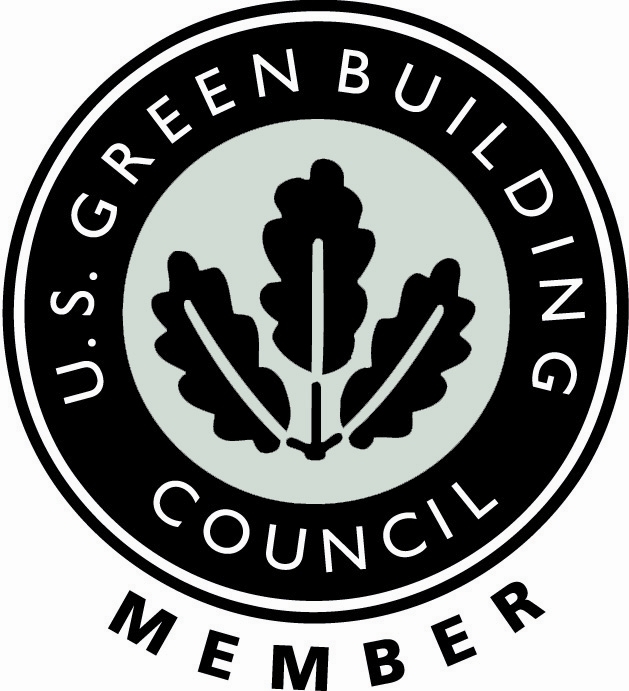The following was originally publilshed in Water Technology Magazine
It doesn’t take long to understand the harsh reality of water shortages all across the U.S. and abroad. And, it’s not just that we’re running out of water, the wealth of clean, fresh drinking water is not as abundant as it once was.
This has become a key issue for many in the water efficiency industry like Klaus Reichardt, founder and CEO of Waterless Co. Inc. in Vista, Calif. Reichardt moved from Germany to California in 1978 and attended Pepperdine University where he earned both his bachelor’s and master’s degrees in business administration.
Living in California, he quickly learned the importance of water and supplies. “Either we (California) have too much when there are floods or, more often, we have too little due to droughts,” notes Reichardt.
Starting Waterless
Like many other business owners, it was Reichardt’s passion to make a difference that led to him starting Waterless Co. in 1991.
He says while looking for a product, business or industry that he was interested in he began to solely focus on the water industry because he noticed all the problems California was having during that time.
“During the late 1980s, California suffered significant water shortages. I became aware of an old non-water urinal system used in Europe and, after extensive research into the product and how it might be used in America, I started Waterless Co. Inc. during the early 1990s,” he explains.
Reichardt’s road to success wasn’t immediate and there were many steps to take before finally moving into the position he’s in today. “At first I wore every hat in the company. I was R&D, accounts payable, accounts receivable, sales representative, account representative — you name it, I did it.”
After a while, the company began to expand and Reichardt was able to hire people to take over many of those responsibilities. As a result, he began to focus on helping the business grow even more.
“As CEO, the hat I now wear most often is the ‘vision’ hat. My most important task is to envision where the company will be a year from now, five years from now and beyond,” adds Reichardt.
Community involvement
Reichardt feels it is important to stay active in the community and to stress the importance of water conservation.
“I have been involved with the U.S. Green Building Council for years,” says Reichardt. “In fact, during the late 1990s, I urged them to make water efficiency a priority in the LEED rating system. I am also involved with the International Association of Plumbing and Mechanical Officials, the California Urban Water Council and am a supporter of the Alliance for Water Efficiency, along with other environmental and water related organizations.”
Other than being involved with well-known organizations, Waterless Co. also donates products and materials to organizations and projects that are doing important work to conserve water and directly help people.
Reichardt understands the need for clean, fresh water and is always looking for ways to help where he and his company can.
Facing challenges today
Waterless Co. has been a successful business for over 21 years now. During that time span much has changed in our culture, especially with the advancements in technology, but Reichardt says they’ve been able to adjust and maintain quality equipment throughout the years.
“I love the challenges each new day brings, from customer service to new product development to furthering the idea of water efficiency,” he says. “Additionally, finding new industries to call on and convincing people that new, simpler technologies can help them use water more efficiently both make my job worthwhile.”
Reichardt notes that having a “super crew” and representatives have helped make his job easier and made the business work.
“I am proud to say that the technology behind our urinal system has proven itself year after year,” adds Reichardt. “While new and different systems and technologies have been introduced over the past two decades, I have seen some disappear and others introduced that do not offer the features, benefits, price points or convenience of our system.”
While Waterless Co. has been able to keep up with advancements in equipment and technologies to better improve performance, it has also began to join the movement on the Internet and with social media websites.
In 2011, they hired a service to help them put their Facebook page together and start a blog. Reichardt says they still aren’t sure how effective these new tools have been, but “without question our company, its products and scores of articles on our products are all over the Internet. Being involved with social media and other marketing venues has certainly helped us in that area.”
Looking to the future
For a company looking to sustain success for years it’s important to constantly be looking towards the future to know where the market is going and how your company must adjust to the economy and technological advances.
Reichardt understands this philosophy and realizes there is still much work to be done. Here is a list of important items he and Waterless Co. hope to accomplish in the future:
Educating people that urinals can and should be run without the use of potable water.
Spreading the word that as maintenance and water/sewer costs keep rising, there is a significant financial incentive to go waterless.
Teaching more industries that going green (when it comes to water) makes sense for their future and is an important issue to support.
Reminding everyone that water is the most precious resource we as humans have.
Striving to make a change, always looking towards the future and updating products to meet the needs of customers is what has helped make Waterless Co. a successful business for many years, and Reichardt hopes that path continues.
“While our product lines meet the needs of the building industry today, we know we must always keep moving forward, developing products and services that ensure our products continue to meet those needs tomorrow,” concludes Reichardt.



